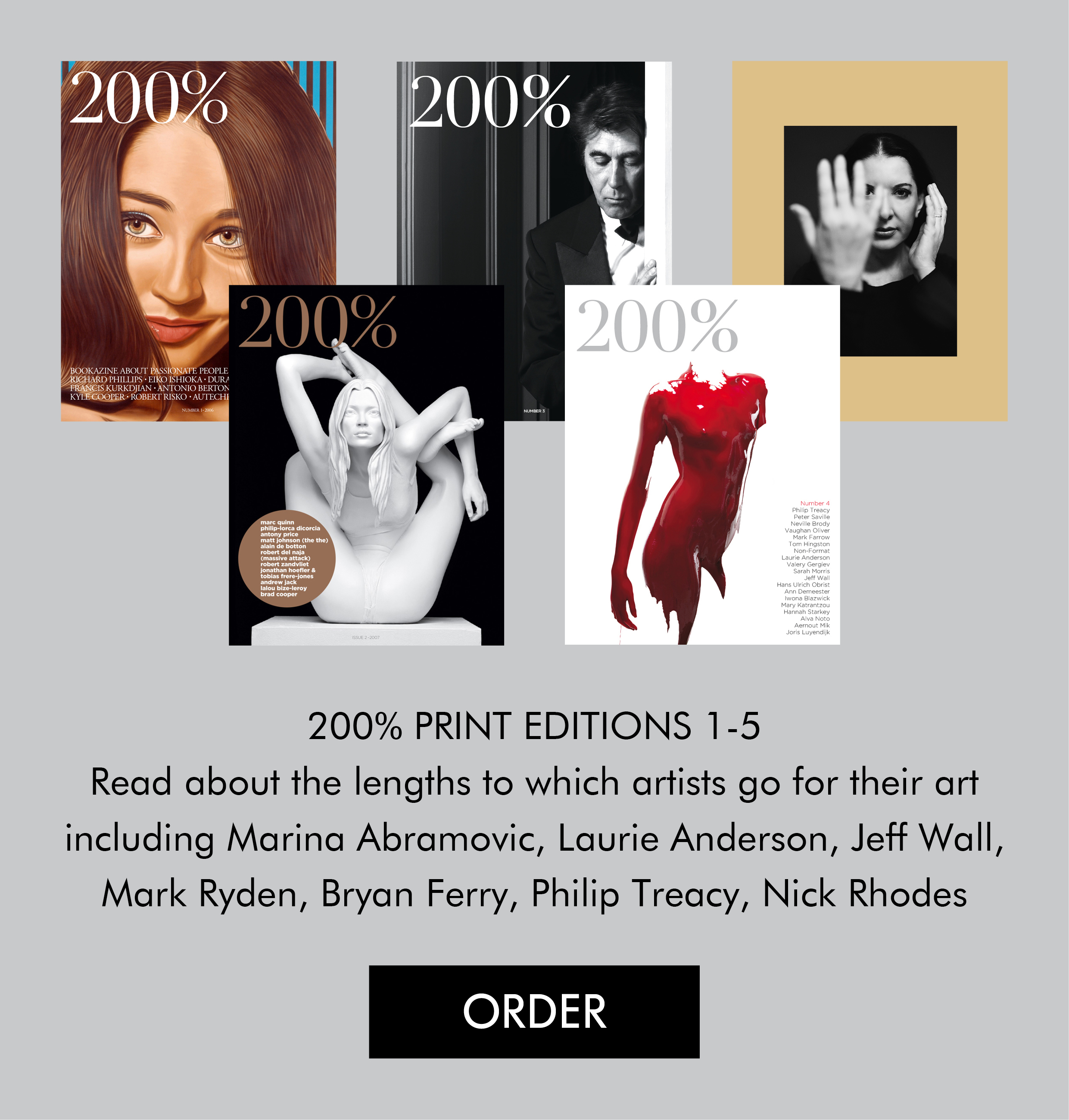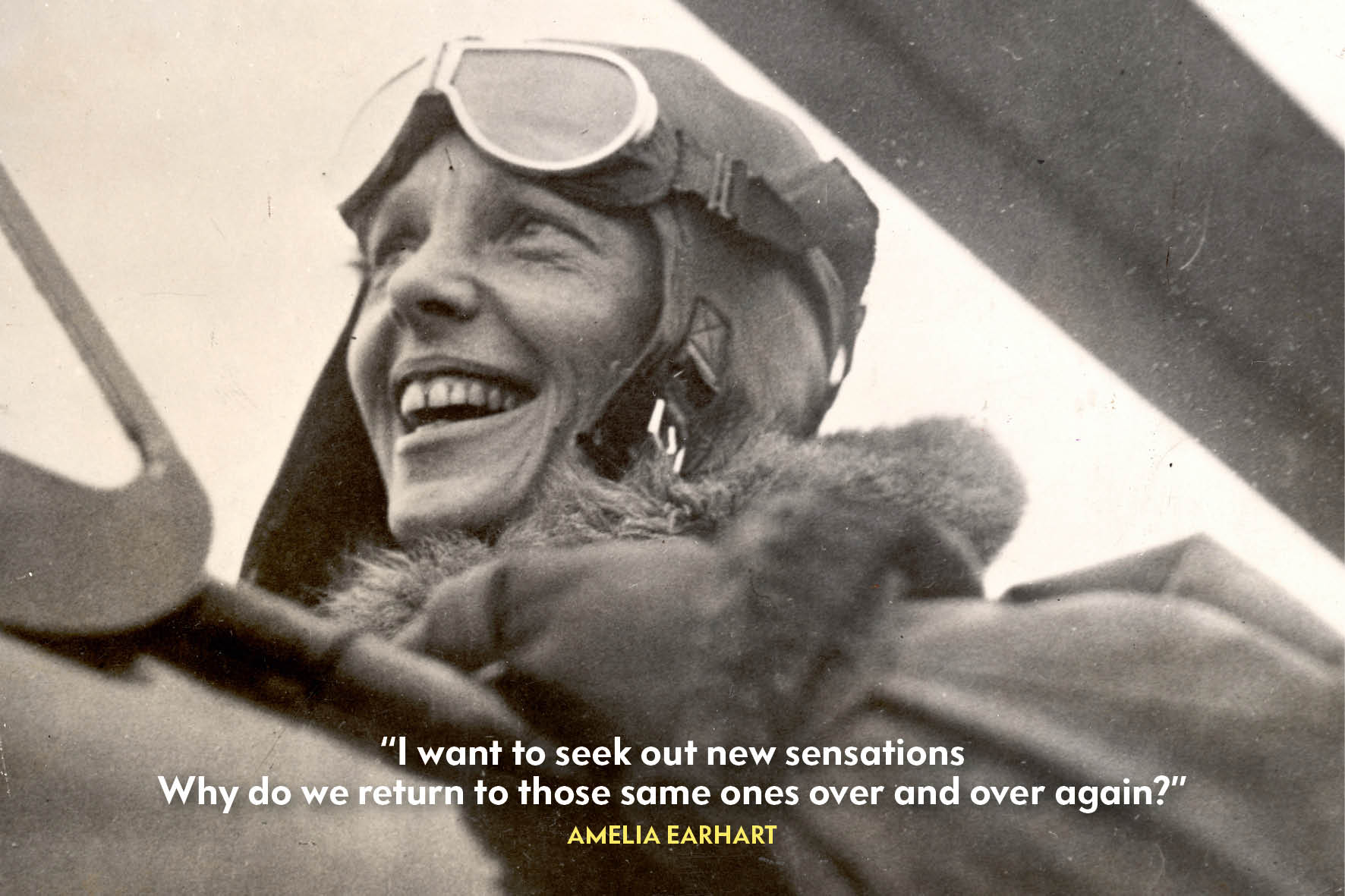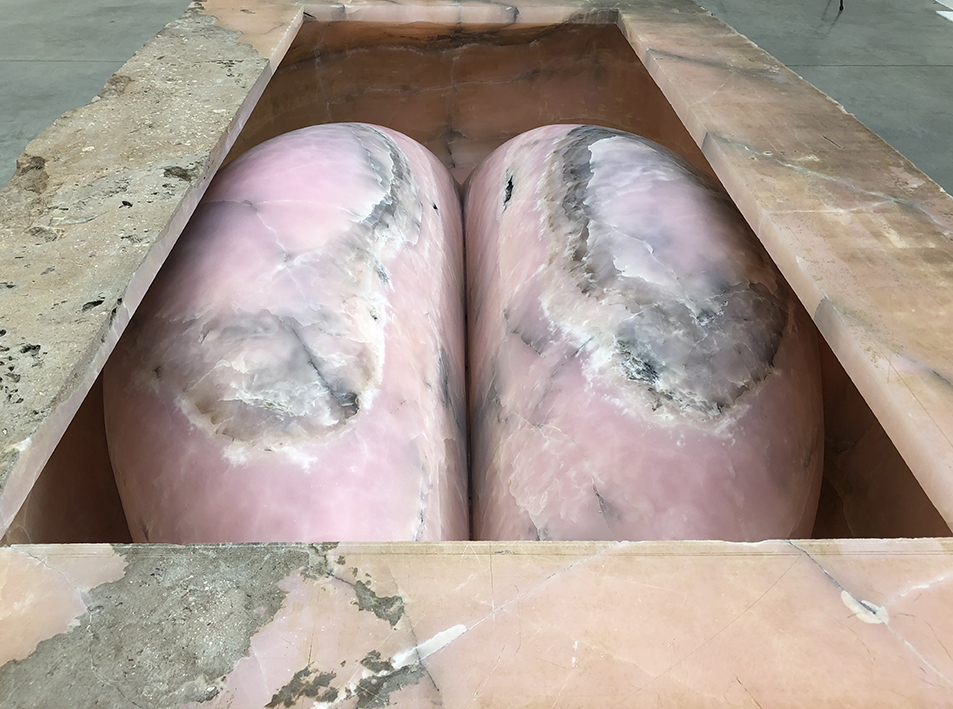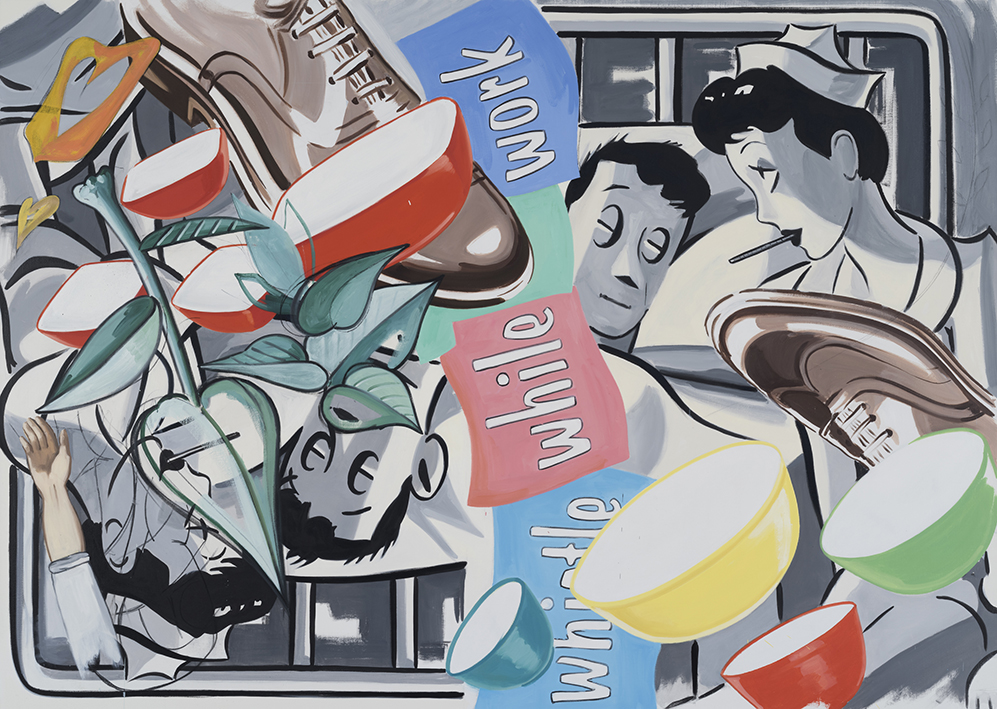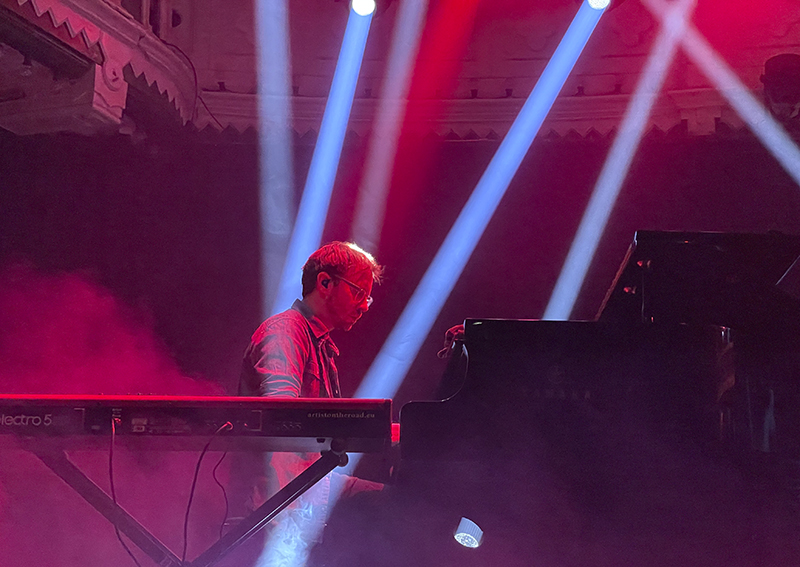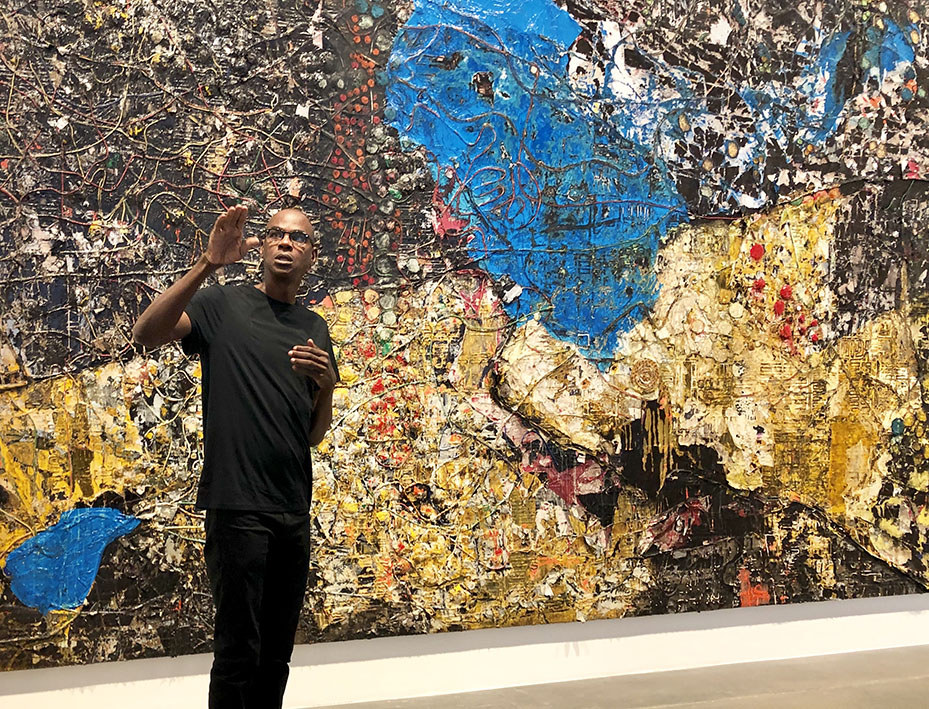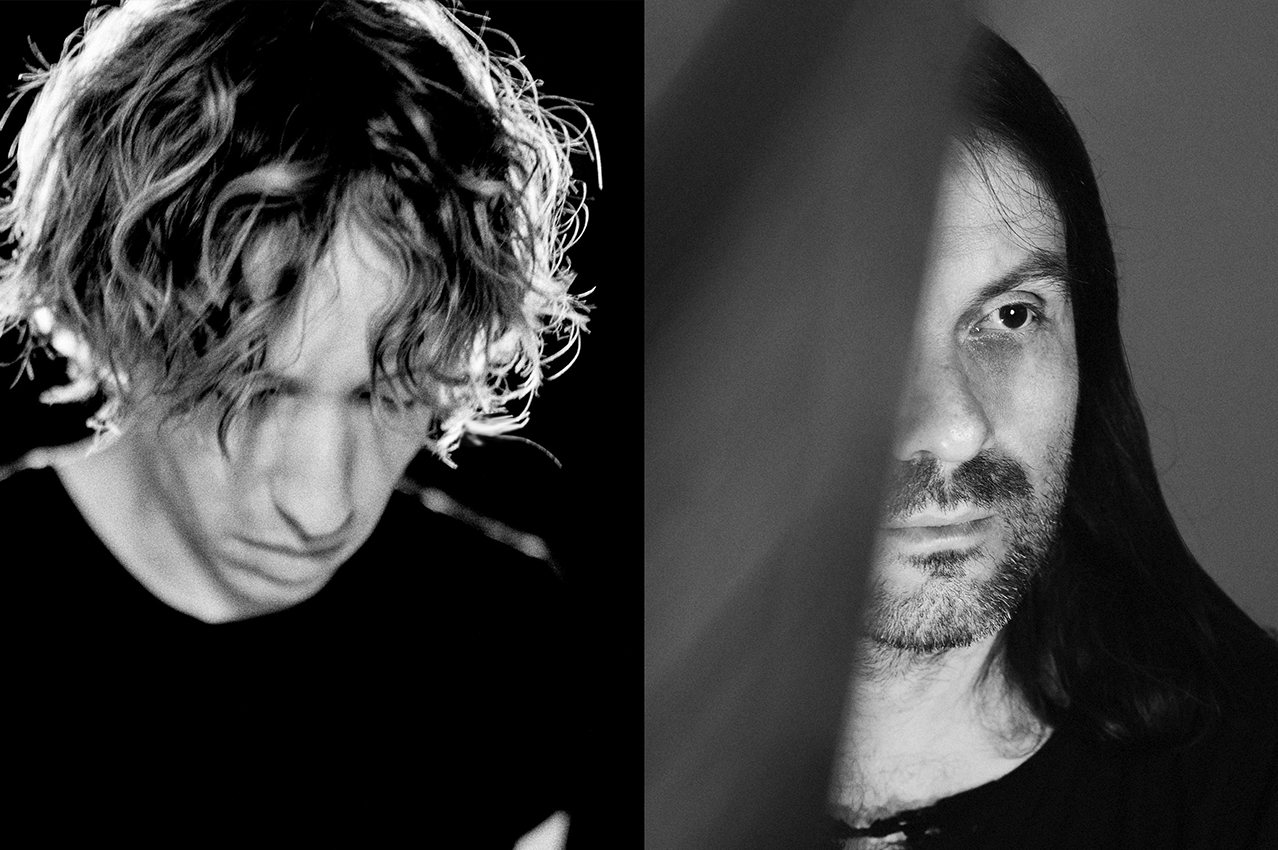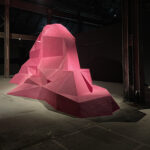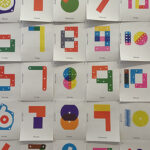 What happens when an artist’s studio is presented as a work of art within an institutional setting?
What happens when an artist’s studio is presented as a work of art within an institutional setting?
This question led curator Jens Hoffmann to organize an exhibition at Hugh Lane Gallery in 2006. Five years earlier, the Dublin gallery became renowned for its reconstruction of Francis Bacon’s studio within its walls. The studio had been meticulously transported from South Kensington, London, to the Irish capital. It became the perfect location to organize an exhibition that addressed the studio as a subject.
Twenty artists participated, showing works beside the Bacon Studio. They included Martin Kippenberger (‘Spiderman Atelier’), John Baldessari, Paul McCarthy, and Bruce Nauman – each of them contemplating the role and function of the studio.
“The artist’s studio has received very little attention as a topic of critical examination,” commented Hoffmann during a talk at Whitechapel Gallery in London on the occasion of the publication of the book ‘The Studio’, which he edited. “It was time to offer up a more profound critique of the artist’s studio and look at the history of the studio as it developed alongside art history. The book hopes to contribute to a better understanding of the role and function of the studio in contemporary artistic practice.”
After the talk we met with the Costa Rica–born Hoffmann, who since 2006 has been the director of the CCA Wattis Institute for Contemporary Arts in San Francisco. In the first part of our interview, we discussed what Hoffmann gains as a curator by visiting artists’ studios; the art scenes of the American Midwest; the problem of wealthy American patrons who finance a museum in their home city and import the MoMA model; and why it is good to be generous as a curator.
200%: How would you characterize your situation at the Wattis Institute?
Jens Hoffmann: Extremely congenial. For me (and this is also true for several of my colleagues) I really need a certain latitude in which to develop ideas and be creative. At so many institutions in the U.S. it is easy to end up like a bird in a cage and forget how to do things – how to move and sing. I recently read an article with Hans Ulrich Obrist in your publication [200% #4, ‘Expanding the Notion of Curating’] where he commented that he had never accepted a job that was completely predetermined. He always stepped into a situation and then created his own job within that situation, which seems very logical to me. My situation at Wattis has been so particular because of the freedom and support I have enjoyed.
200%: Is it related to the fact that the Wattis is located in San Francisco?
JH: Definitely. San Francisco has the highest percentage of college graduates in the U.S., and this directly translates into cultural literacy and openness to new things and unorthodox thinking in general.
200%: Do you travel a lot within the U.S.?
JH: Yes, I do. I am invited to universities to give talks and lectures on the projects I have undertaken at the Wattis or to teach and I usually combine that with research. I think the U.S. is quite a fascinating place.
200%: In what way?
JH: The U.S. is still very much in the process of defining its identity. In Europe, Italy is Italy, France is France, et cetera, and the roots of these countries are really deep. Traditions are very strong. In the U.S. there is a constant influx of immigrants, and constant negotiations among individuals and groups from different parts of the world. U.S. Americans have had – and continue to have – lots of struggles, many contradictions and complexities. It gives me a lot of food for thought, from which ideas germinate.
 200%: People always talk about the art scenes in the West and the East Coasts of America. Can you tell me what is happening in the middle part of America?
200%: People always talk about the art scenes in the West and the East Coasts of America. Can you tell me what is happening in the middle part of America?
JH: It’s hard to summarize what happens there, as the middle part is, like, 90 percent of the country. I’ve noticed a phenomenon in some of the bigger cities such as St. Louis, Chicago, Indianapolis, and Houston. All of these cities have communities of very wealthy patrons who look at and collect art. They often have a second home in New York and they visit MoMA, where they see a Marina Abramovic show or a Jeff Koons show for example, and they think, “Let’s try to do that in our home city as well.” I think their motivations are mostly about status. “We can do this too,” kind of thing. And then they model their museum on MoMA in New York, but on a smaller scale, and without being able to offer the same quality. And I’m not sure it’s the right thing to do. I believe it would be more interesting to understand something about the local audience, the history of a particular city, then develop a model that speaks to those realities.
 200%: How many artist studios featured in the book ‘The Studio’ have you personally visited?
200%: How many artist studios featured in the book ‘The Studio’ have you personally visited?
JH: Many of the artists that I mention in the book, like Tino Sehgal, Carsten Höller, and Martha Rosler, actually don’t even have studios.
200%: Last year Hauser & Wirth in London exhibited McCarthy’s ‘Pig Island’, a sculptural installation that blurred the boundaries between the work and the workplace. It featured half-finished figures, debris, sketches. The studio was exhibited in the gallery space and gave the audience a peek into the artist’s creative process.
JH: Paul’s studio is an interesting example of an artist’s working space. When I was preparing for an exhibition of his work at the Wattis Institute, I went to his studio in Los Angeles and saw all the work that was going to the Hauser & Wirth show. His studio is as big as the maintenance hall of British Airways at Heathrow. It is gigantic. You need a bicycle or a golf cart to go from one end to the other. When I was there he employed people who work on large-scale Hollywood productions to help him with the robotic pigs –their movements and their breathing. He is utilizing Los Angeles’s industries to mock American culture.
200%: What do you gain as a curator by visiting artists’ studios?
JH: A studio visit is an opportunity to have a dialogue with the artist about his or her work and look directly at the work. But the conversation can happen in a variety of other situations: a café, a restaurant, my office. I have close relationships with many artists. They tell me about their new projects, and I tell them about my ideas for exhibitions. They give me feedback about my work as a curator, in much the same way that I provide feedback to them about their work. It is nearly always very productive.
 200%: Can you give an example of a work that came out of a conversation with an artist?
200%: Can you give an example of a work that came out of a conversation with an artist?
JH: My book ‘The Next Documenta Should Be Curated by an Artist’ resulted from a conversation I had with Carsten Höller. We were discussing Documenta 11, which Okwui Enwezor curated. Carsten felt that Documenta 11 was instrumentalizing the work of artists. We thought it would be interesting to see how an artist would curate a major international overview exhibition.
200%: It can offer a fresh perspective when an artist curates an exhibition.
JH: Indeed. In 2009, when Paul McCarthy curated ‘Low Life Slow Life’at the Wattis, I enjoyed seeing how he was not encumbered by restraints that often face curators. For instance as a curator I would hang a particular drawing on the wall, whereas Paul would position it on the ground. The artist who made the drawing, seeing all this, would say Paul’s action was fine because it’s Paul: “I know Paul respects my work, and he has an artistic vision, and I’m fine with that.” Whereas if I placed the work on the ground, the artist would flip out, perhaps say that I was disrespecting the work. Observing such dynamics is interesting, as you can then discuss with the artist why Paul is allowed an action that is unavailable to me. It allows you to figure out the relationships, and how to talk to one another.
200%: Do you meet up with other curators a lot?
JH: Yes, all the time. I have very close connections and friendships with about ten or twelve other curators and I dialog with several dozen more. We send one another our books, our articles. If I’m in London and I go to a small gallery in the East End and find out about an interesting new artist, I email my colleagues and tell them to look at it. They do the same with me. It is a network and of course we all have our own different people to whom we relate.
200%: You mean you are more likely to share knowledge in this way with your immediate peers?
JH: In America, curators always hold their cards very close to their chests, but it’s not like that in Europe. I think Hans Ulrich Obrist has had a lot to do with that. He is always extremely generous. When I was a young curator, he told me that the most important thing is to be generous, as it makes people happy when they receive support and you don’t lose anything. Share your information, share your context, share the projects on which you’re working. I think that is a great philosophy because we all benefit from it.
In the second part of our interview we discuss how Hoffmann incorporates his education as a theatre director into his curatorial efforts and over-intellectualism of art.
Interview written and conducted by Thierry Somers.
Two images of the High Lane Gallery exhibition ‘The Studio’ curated by Jens Hoffmann and Christina Kennedy. Martin Kippenberger ‘Spiderman Atelier (1996). An installation where the artist portrays himself as a puppet inside a painter’s studio. From the catalog: “Kippenberger associated with Spiderman as he represented a likeminded anti-hero, someone who was supposed to bring good to the people but who was at the same time an outcast never accepted by the establishment”. © The Estate of Martin Kippenberger, Galerie Gisela Capitain, Cologne.
Andrew Grassie, The Studio: The Hugh Lane Gallery, Dublin, Number 1, (of 4) tempera on paper on board, 13.3 x 20.2 cm – 5 1/4 x 8 inches, 2006, (MP-GRASA-00057), courtesy Maureen Paley, London. From the catalog: “The artist will paint four new paintings that document his ‘studio in the museum’ – the work he does during the twelve-week run of the show”.
‘The Studio’, edited by Jens Hoffmann. http://tiny.cc/qr3bjw

